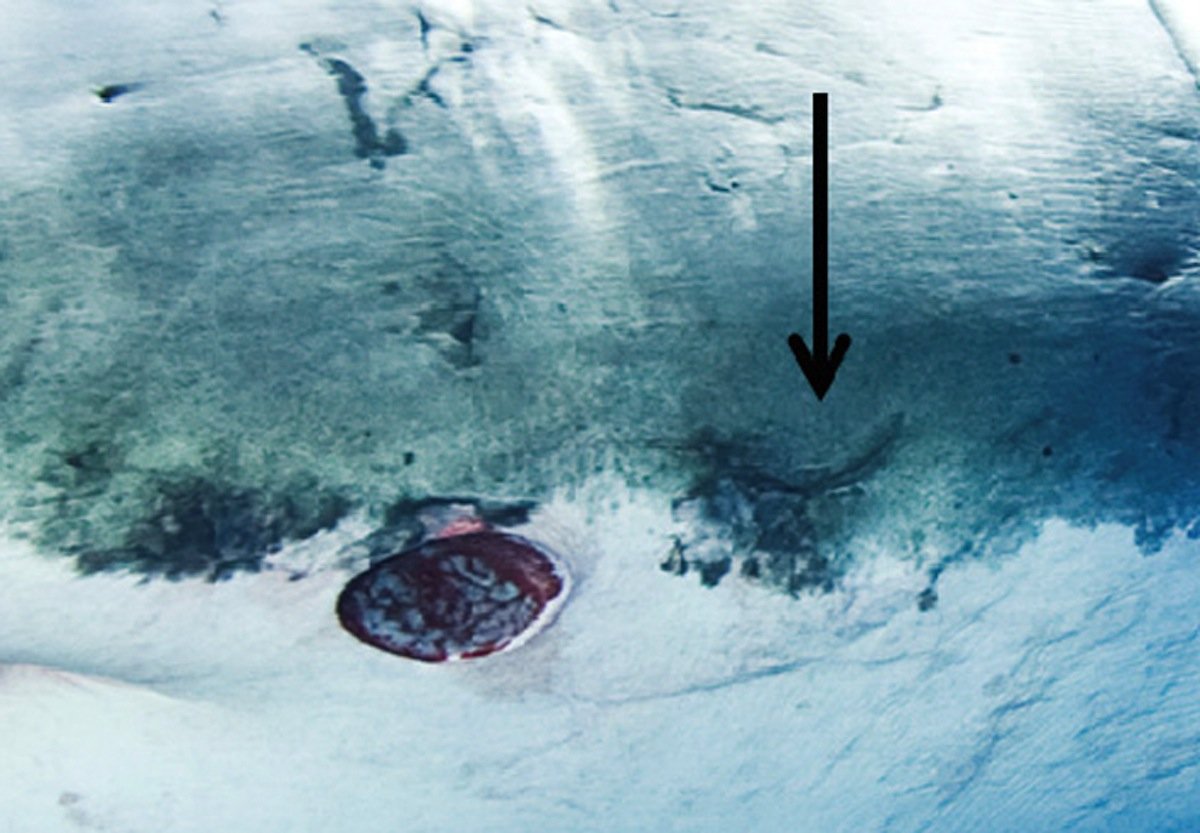
In June and July, tern couples nest on rocky or sandy beaches where the female lays two or three eggs. On the ground, the bird struts a little before offering its prey to a female. Their mating ritual begins with a “fish flight,” which is when a male Arctic tern swoops over a migratory camp carrying a fish in its mouth while making screaming sounds. Then they plunge into the water to scoop up the prey, which they can even eat while gliding.Ĭourtship for these monogamous birds also takes place in flight. These seabirds hover in the air as they look for their food-mostly fish, but also insects and crustaceans-on the surface below. Diet and behaviorĪrctic terns are also incredibly efficient at catching and eating prey, which is yet another reason why they can fly so far in such a short time. Arctic terns migrate in groups known as colonies.

They breed on the coasts and tundra of Arctic and subarctic regions of Europe, Asia, and North America, then follow the sun and fair weather on their yearly journey to the Antarctic Circle-a trip that takes a couple of months. HabitatĪrctic terns can be found just about everywhere as their travels take them to every ocean and every continent. Their beaks and feet are bright red, and their bodies are covered in gray and white feathers with a cap of black feathers on their heads.

Arctic terns are so lightweight-with small bodies, short legs, and narrow wings-that they can glide through the skies on a breeze. These small seabirds were born to fly long distances. Terns rack up all those miles by meandering across oceans and continents rather than flying directly north or south. One particularly committed tern made the trip in nearly 60,000 miles, or more than twice the circumference of the planet. Least Concern Extinct About the Arctic ternĪrctic terns hold the record for the longest migration of any animal in the world, annually making the journey from the Arctic Circle to the Antarctic Circle.


 0 kommentar(er)
0 kommentar(er)
